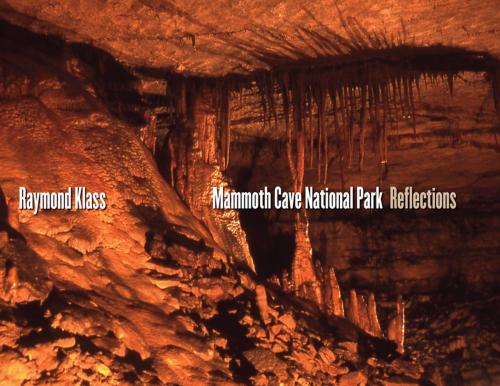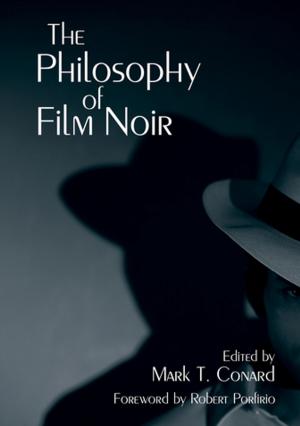Mammoth Cave National Park
Reflections
Nonfiction, Travel, United States, Art & Architecture, Photography| Author: | Raymond Klass | ISBN: | 9780813137025 |
| Publisher: | The University Press of Kentucky | Publication: | September 29, 2010 |
| Imprint: | The University Press of Kentucky | Language: | English |
| Author: | Raymond Klass |
| ISBN: | 9780813137025 |
| Publisher: | The University Press of Kentucky |
| Publication: | September 29, 2010 |
| Imprint: | The University Press of Kentucky |
| Language: | English |
Kentucky's Mammoth Cave National Park is home to the world's longest cave system, boasting over 350 miles of explored and mapped passageways. Geologists estimate that there could be many more miles of this vast subterranean world that remain unexplored. In addition to the renowned Mammoth Cave, the park also includes over 50,000 acres of hills, streams, and forests with nearly 70 miles of scenic trails. The Green River, which plays an integral role in the cave's ecosystem, winds through this impressive landscape. As an artist-in-residence at the park, nature photographer Raymond Klass was granted access to the cave and the surrounding wilderness. While living at the park, he took thousands of photographs of famous cave formations, such as Frozen Niagara and the Drapery Room, as well as scenery and wildlife not often seen by the general public. Mammoth Cave National Park: Reflections is a record of Klass's unique visual exploration of the above- and belowground ecosystems within the park. The book includes more than 100 dramatic full-color photographs, which are accompanied by Klass's commentary and extracts from the journal he kept while living and working in the park. Klass captures the sounds and sights of the vast underground world of the cave system. He describes flowstone and other mineral formations that adorn the underground labyrinth of tunnels, collapses, and pits. The walls and ceiling of the Gothic Avenue room bear hundreds of signatures written with candle smoke by visitors and tour guides before Mammoth Cave became a national park. Bits of cane reed torches used by Native Americans still lie next to the walls that were mined for gypsum in ages past. Underground streams and rivers wind through the darkest reaches, hundreds of feet below ground, before emerging outside the cave as springs. Mammoth Cave National Park captures the breathtaking beauty and extraordinary diversity of one of our most popular national parks.
Kentucky's Mammoth Cave National Park is home to the world's longest cave system, boasting over 350 miles of explored and mapped passageways. Geologists estimate that there could be many more miles of this vast subterranean world that remain unexplored. In addition to the renowned Mammoth Cave, the park also includes over 50,000 acres of hills, streams, and forests with nearly 70 miles of scenic trails. The Green River, which plays an integral role in the cave's ecosystem, winds through this impressive landscape. As an artist-in-residence at the park, nature photographer Raymond Klass was granted access to the cave and the surrounding wilderness. While living at the park, he took thousands of photographs of famous cave formations, such as Frozen Niagara and the Drapery Room, as well as scenery and wildlife not often seen by the general public. Mammoth Cave National Park: Reflections is a record of Klass's unique visual exploration of the above- and belowground ecosystems within the park. The book includes more than 100 dramatic full-color photographs, which are accompanied by Klass's commentary and extracts from the journal he kept while living and working in the park. Klass captures the sounds and sights of the vast underground world of the cave system. He describes flowstone and other mineral formations that adorn the underground labyrinth of tunnels, collapses, and pits. The walls and ceiling of the Gothic Avenue room bear hundreds of signatures written with candle smoke by visitors and tour guides before Mammoth Cave became a national park. Bits of cane reed torches used by Native Americans still lie next to the walls that were mined for gypsum in ages past. Underground streams and rivers wind through the darkest reaches, hundreds of feet below ground, before emerging outside the cave as springs. Mammoth Cave National Park captures the breathtaking beauty and extraordinary diversity of one of our most popular national parks.















